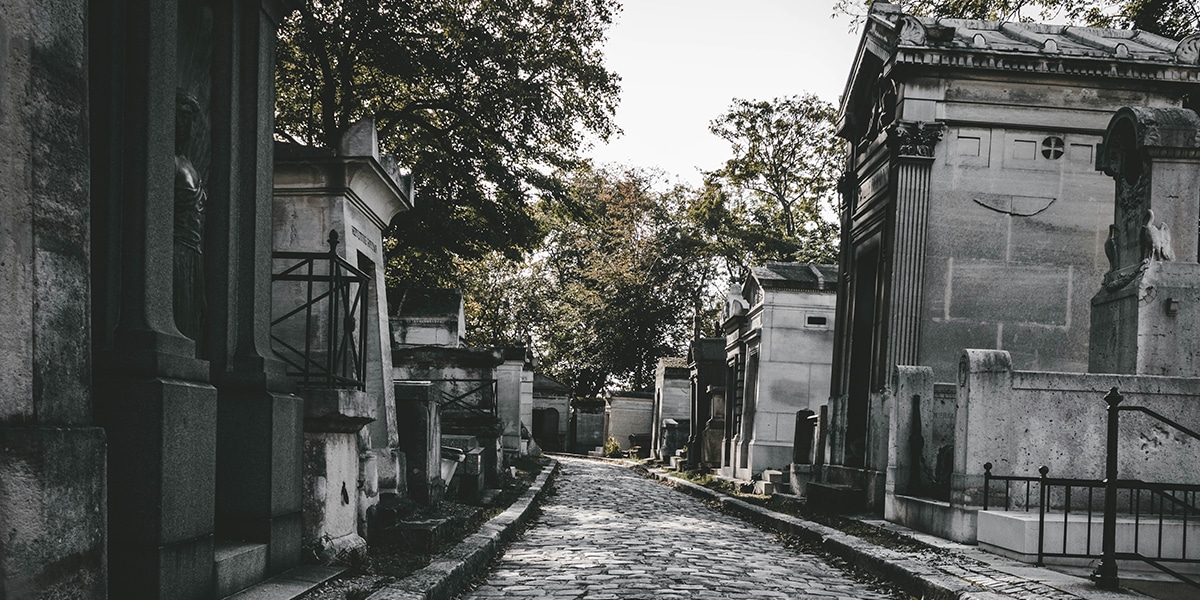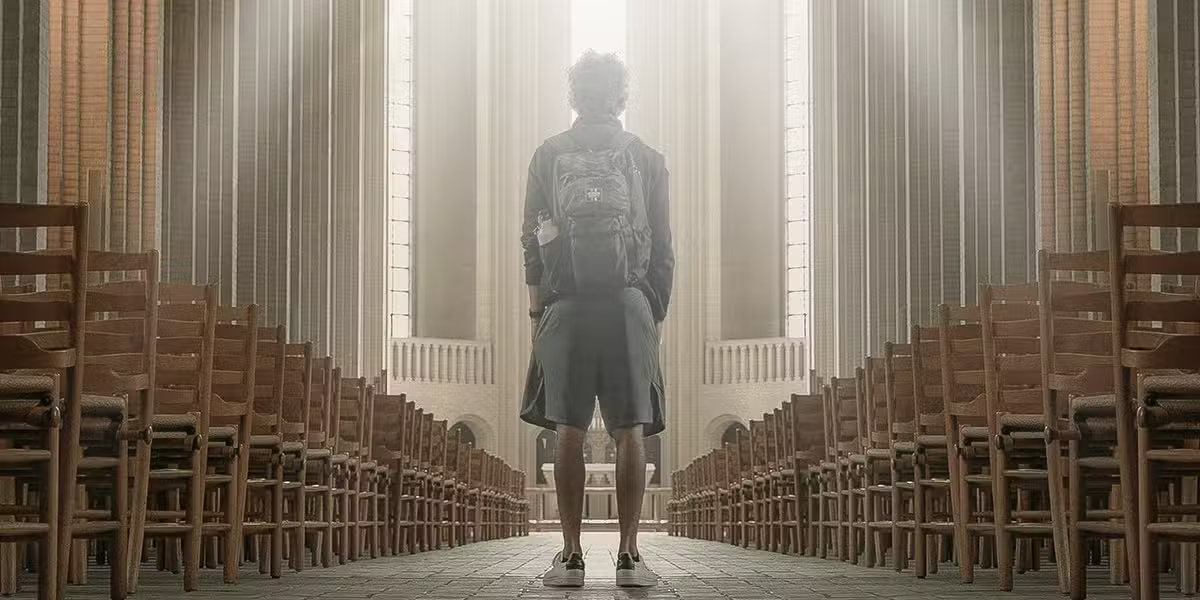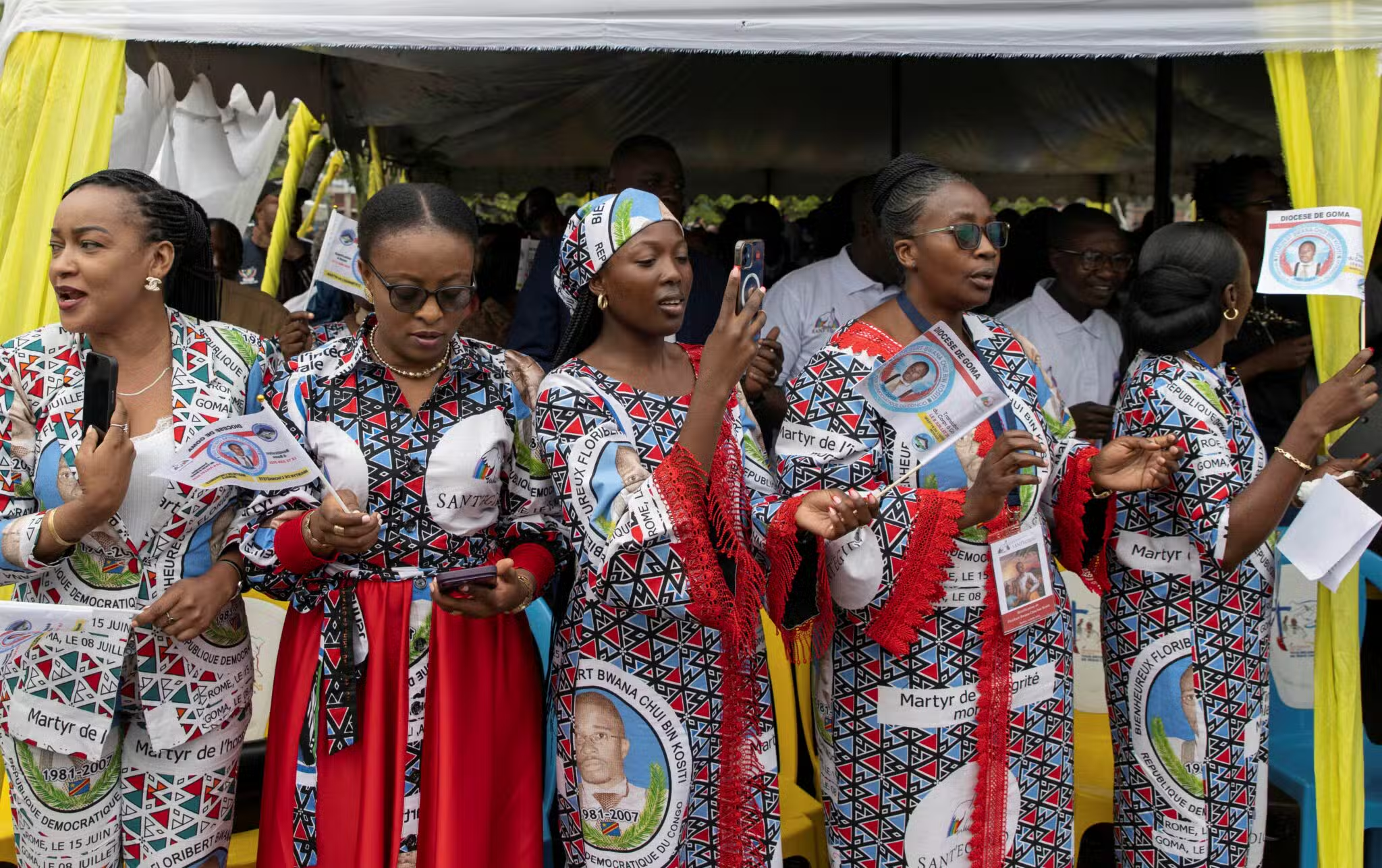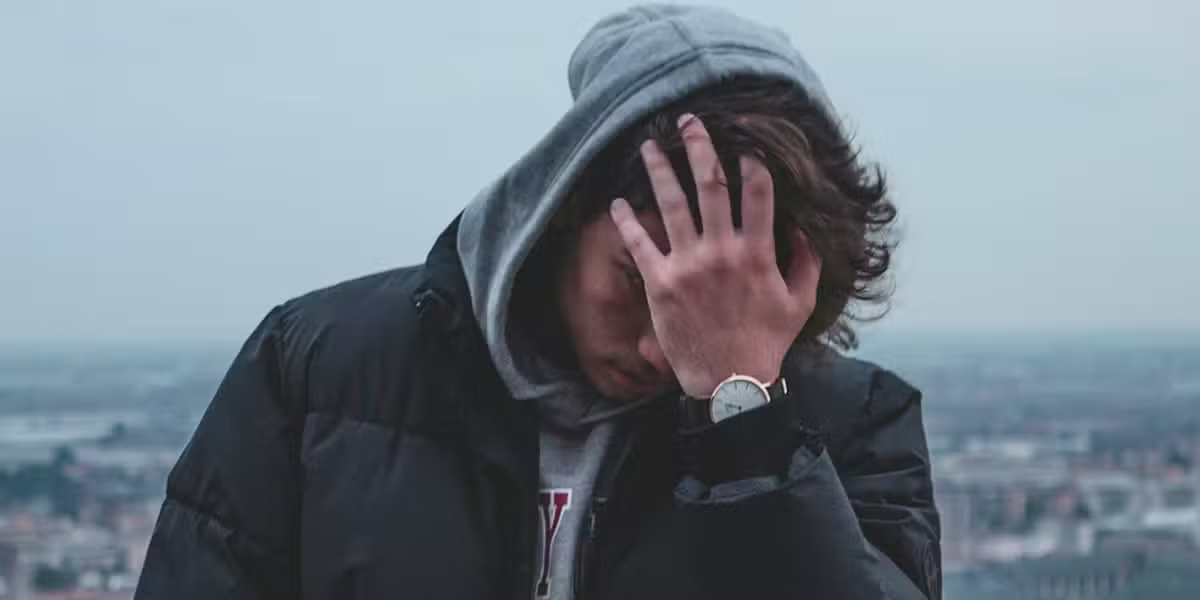The Church’s teaching on cremation is solidly rooted in the core beliefs of our faith.
A family faces the inevitable—Mom is dying. It’s only a matter of time, and her children will have to make some major decisions. So they gather to discuss what to do. One of the daughters says that she would like a traditional funeral at the parish church where Mom worshiped most of her life. One of the sons says that he would prefer not having a church service at all. Mom may have been religious and practiced her faith, but he would prefer not to. “Would you be willing to go to a church service for Mom’s sake?” he is asked. He wants time to think about it.
Meanwhile, one of the daughters says that she finds traditional funerals too morbid and would like to have Mom cremated. That way, all would avoid the unpleasantries of a funeral, and each could keep some of mom’s ashes at home. The youngest daughter says that if they are going to have Mom cremated, she would like the ashes scattered over the family property where Mom and Dad lived so many years. That way, Mom would still be at the homestead; at least, her ashes would be.
Finally, the youngest son speaks up and asks if anyone thought to ask Mom what she wants. No one had.
This scenario is not that far-fetched. With the changing social situation regarding death and funerals and the Catholic Church’s seemingly changing attitudes toward cremation, families can be left in a proverbial quagmire. What to do? And how best to observe Church teaching? Is there even a Catholic teaching to follow?
Cremation Is the Latest Thing
The social reality is that more and more people are opting for cremation. According to the Cremation Association of North America, the cremation rate within the United States was 48.6 percent of all deaths as of 2015, up from 47 percent in 2014. They predict that the rate will reach 54.3 percent by 2020. The rate in Canada was 68.8 percent in 2015 with a projection of 74.2 percent by 2020. In 2015, 65 percent of Americans reported that they were inclined to choose cremation. So almost two thirds of the people in this country say that they are likely to opt for cremation over a traditional burial when the decision must be made. The Church firmly holds that the person—body and soul—is the object of salvation.
Why the change? To fully understand the motives and reasons behind this move away from traditional burial to cremation, we would need to know the thinking of every person who has chosen to be cremated—an impossible task. So we are left with generalizations and some guesswork. A glance at the Web offers reasons ranging from cost considerations to environmental concerns to personal fears and phobias. The arguments against cremation also range from the practical to the personal. No single factor seems to prevail. So it seems we know more about what is happening than why.
To add to the muddle, the Catholic Church has modified its position on the morality of cremation. Prior to Vatican II, the Church strictly forbade cremation except in emergency cases where the quick disposal of bodies was a civil necessity—such as during a plague or natural disaster. But with the reforms of the funeral and burial rites of Vatican II, the Church has taken a more relaxed approach, allowing cremation with one very explicit proviso. This modification was codified in the latest Code of Canon Law: “The Church earnestly recommends that the pious custom of burial be retained; but it does not forbid cremation, unless this is chosen for reasons which are contrary to Christian teaching” (CIC 1985, #1176.3; italics added).
The Human Body Is Holy
Historically, the concern of the Church has been to preserve the dignity of the human person and to protect the integrity of the faith and practices related to the body. Basically, we are an incarnational people who hold that all creation is holy because, as St. John tells us, “The Word became flesh and made his dwelling among us” (Jn 1:14). We don’t look for God “up there” or “out there” someplace. No, we look inward to find God within us and within all creation. It is within this incarnational framework that we view the human body as something good and holy, and desire to treat it with the utmost respect both during life and after death.
The Church also firmly holds that the person—body and soul—is the object of salvation. God did not become flesh to save souls only, but also persons. That may sound rather nitpicky, but it speaks against a view of humanity that often sees all material things, including the human body, in a negative light—spirit is good; the physical is bad. Nor are we imprisoned souls or animated bodies, but rather, persons with a physical and spiritual aspect, both of which Jesus shared as a human being through his incarnation, both of which he laid down his life to save. It is out of this perspective also that we hold that the body is worthy of the utmost respect. It is no less sacred than the soul.
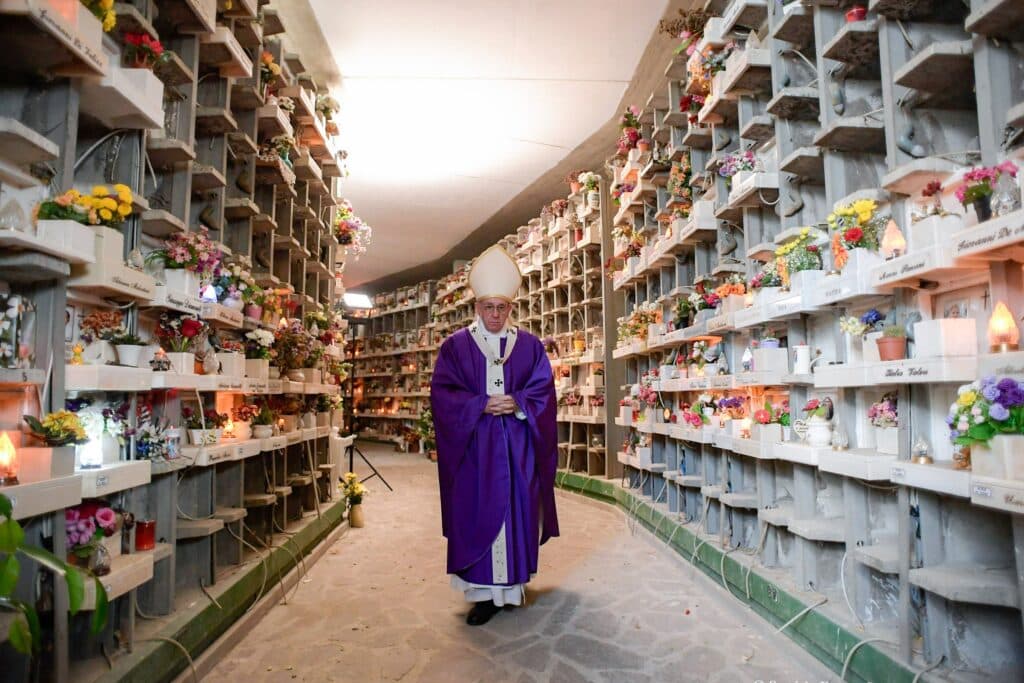
The Church is faithful to this incarnational view in its liturgies as well as in its theology. Sacraments, for example, are conferred on persons in very bodily ways using very concrete material things. People are baptized when water is poured over their heads, confirmed when hands are placed on their heads and their foreheads are anointed with oil, and fed consecrated bread and wine in the Eucharist.
The Sacrament of Reconciliation involves physical presence, and the Anointing of the Sick involves both a laying on of hands and an anointing with oil. Marriage celebrates the union of two persons who express their love in mutual living and sexual union. And the ordination of deacons, priests, and bishops includes the laying on of hands, an anointing, and the giving of the implements of office: respectively, a book; a chalice and paten; a ring, a miter, and a staff. And the Catholic funeral rite includes the use of incense and holy water as we pray that the Lord receives this person into paradise. The body is a focus of attention from birth to death.
It is because of these beliefs and practices that the Church requires that, if the body is cremated, the ashes be treated with due respect and dignity. This was a body that was a temple of the Holy Spirit. This was a body that received the sacraments. This was a body that communicated the thoughts and feelings of its heart to others in words and actions. This was a body that sang the praises of God, hugged and embraced loved ones, cried when sad, and laughed when happy. This was a body that made the person present and allowed him or her to be active in the world and to relate with others. This was a body that will live with God forever when it is transformed and risen with Jesus. This was a body that demands our utmost respect.
To choose cremation in opposition to any of these beliefs and practices would be to choose cremation “for reasons which are contrary to Christian teaching.” In its most serious form, this would involve a conscious decision to deny what the Church teaches or to intend disrespect toward the body. Most people would not intend to do either, but the Church, nonetheless, wants to recall a few ramifications of some choices.
The Church’s Latest Instruction
On October 25, 2016, the Congregation for the Doctrine of the Faith issued an instruction addressing some objectionable ideas and practices. The document clearly recognizes that the practice of cremation has increased significantly in recent years, and takes no exception to that fact. It is neither the existence nor the frequency of cremation that is at issue, but rather, some new ideas and subsequent behaviors regarding the sacredness of the body and the treatment of the ashes that are the concern.
Clearly, this is not a change of the Church’s stand on cremation, nor has it limited people’s freedom to choose it as a valid and acceptable alternative to traditional burial. But there is a question of how to properly handle the remains with dignity and with full respect in view of the teachings of the Catholic Church.
Citing the fact that Jesus was buried and rose again, the document restates the preference for a traditional burial as an expression of our faith and hope in the resurrection, and insists that, even in the case of cremation, a person’s final resting place be a cemetery or other sacred place (e.g., a church, a columbarium, or a mausoleum). Other practices, it concludes, do not retain a proper reverence—practices such as keeping the ashes at home, dividing them among family members, or scattering them abroad. These behaviors, it concludes, are contrary to the teachings of the Church.
Such practices often reflect an attitude or a view of life contrary to Christian teaching. For example, a quick Internet search makes it very clear that there are those who view death as the total destruction of the human person. Denying any notion of an afterlife, this view considers death to be the end of the person’s existence and, thus, concludes that it makes little difference what happens to the mortal remains of the deceased.
Others view the body as a negative limitation on the freedom of the soul or on the person’s spirit, and view death as a liberation: a freeing of the soul from bondage and a return to Mother Nature. This view hardly accepts the notion that all creation is made sacred and destined for eternal life by the incarnation and redemption of Jesus. Likewise, any notions of regeneration or reincarnation are, in effect, denials of individual uniqueness and the resurrection of the body. The Church clearly holds that the person—body and soul—is eternal, for Jesus has promised life everlasting. Death neither destroys the person nor reduces his or her uniqueness and individuality (cf. Ad resurgendum cum Christo #3).
Family Choice
So, our family members do have a few guidelines to help them with their decisions. The Church has not left them totally in the dark, wondering what to do. If they choose to follow Church teaching, their choices come down to two acceptable options—traditional burial or cremation followed by burial of the cremains. These, the Church feels, best comply with the dignity we owe the human body.
Cremation does not affect [the] soul, nor does it prevent God from raising up the deceased body to new life. —Congregation for the Doctrine of the Faith
As our fictional family continues in discussion, they become more and more aware that there are deeper issues than what to do when Mom dies. There are some deeper faith issues that need to be addressed. They hadn’t realized just how far some had drifted from the beliefs and practices that their parents had taught them. But Mom was still teaching and lovingly caring for her family as she lay dying. After all, it is she who brought them together and forced them not only to face the reality of her death, but also to share their deeper convictions and feelings.
They decide to meet more often and to learn from one another just how much their parents had taught them, and to see where it will all lead. The one thing that they are sure of is that Mom and Dad loved them, taught them, and brought them up well—otherwise they wouldn’t be having this conversation.
Cremation & World Religions
Christians: In general, all Christian denominations, except the Greek Orthodox, allow cremation, although burial is preferred.
Roman Catholics: prefer that the body be intact until after the funeral Mass. Only Roman Catholics require that the cremains be buried in the ground or at sea or entombed in a columbarium; they may not be scattered or kept by the family.
Anglicans/Episcopalians, Baptists, Lutherans, and Methodists: allow cremation before or after the funeral rite.
Presbyterians: generally do not support cremation but do not strictly forbid it.
Jews: Cremation is allowed among Reform Jews. Cremation is forbidden among Orthodox Jews; only traditional burial is permitted.
Muslims: Cremation is forbidden to the point of excluding someone from a Muslim burial.
Buddhists: allow cremation; cremains may be kept by the family, enshrined in a columbarium or urn garden, or scattered at sea.
Hindus: require cremation for all except babies, children, and saints.
Mormons: encourage burial, but do not forbid cremation.


